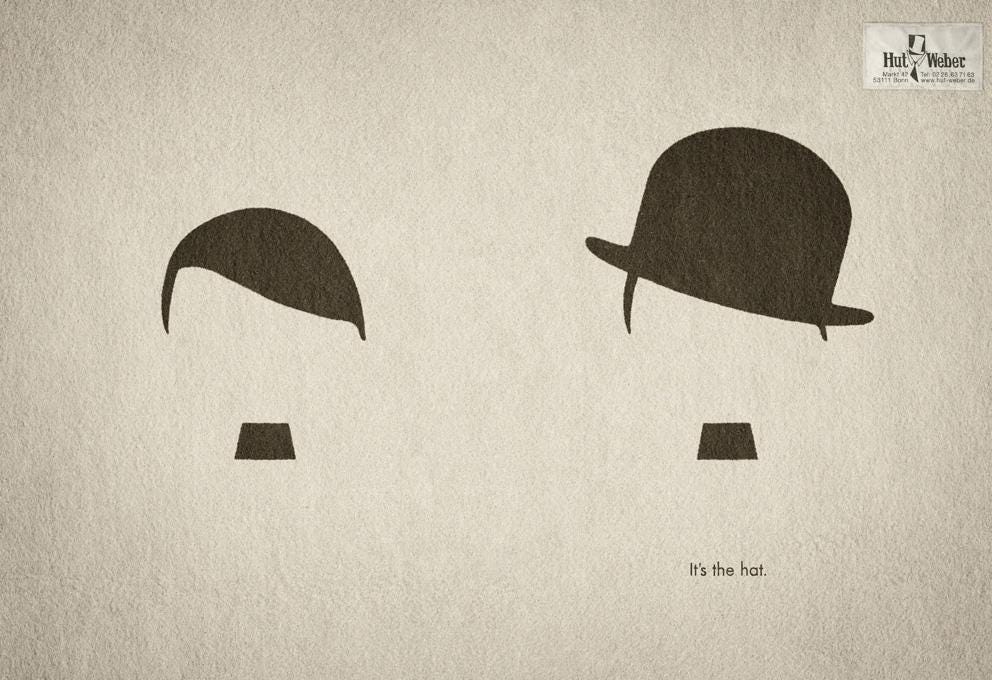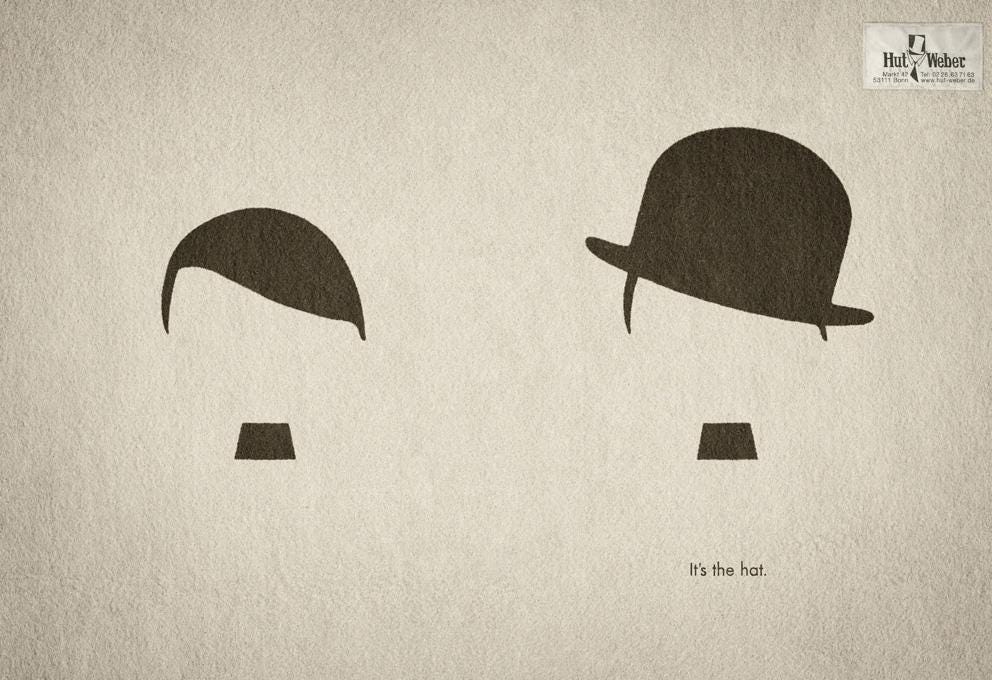Semiotics
We belong to a visual culture that relies on signs and signals to communicate complex ideas quickly through simplified representations. We know what things mean. The question is, how do we do that?
A Shared Code
Understanding visual culture involves recognizing that we live in a society heavily reliant on signs and symbols to convey complex ideas swiftly. These signs and symbols allow us to grasp meanings often without conscious thought, acting as a shorthand for shared cultural understanding. The shared aspect of that understanding is crucial; not all knowledge is shared, so not all symbolic communication is universally understood. Nonetheless, film and media frequently use this type of communication.
A shared understanding of visual codes and conventions between image makers and audiences is essential for effective storytelling. Filmmakers, in particular, depend on this shared knowledge to communicate beyond what is explicitly shown or heard.
Making Meaning
To delve deeper, the concepts of signifier and signified are vital in understanding visual language. The signifier represents the physical form (e.g., tears), while the signified denotes the psychological meaning (e.g., sadness). Context is key, as the same signifier can imply different emotions—such as fear, frustration, happiness, or relief—depending on the situation. Additionally, understanding denotation and connotation is essential. Denotation refers to the primary, direct meaning, which is universal, whereas connotation involves secondary, indirect meanings that are personal and subjective.
This is a still from the film 1917
Denotation - a battlefield is the factually based meaning.
Connotation - will depend on your attitudes towards war in general and to WW1 in particular.
Ultimately, meaning arises from the interaction between the image and its audience. It is embedded in the text and emerges through the audience's interpretation. Teaching students how to decode an image is an important aspect of film studies. This helps them understand that everything within the frame is laden with context. Intended or not, we read meaning into the smallest elements on the screen. Learning how to make intertextual references can elevate a student's understanding of interpretation.
The Hat
So, let’s get back to the hat. The Hut Weber ad, released in 2008, caused quite a stir. Post-WWII in Germany, any depictions or references to Hitler were considered forbidden. This ad breached that collective agreement and tapped into the collective consciousness for meaning. For some, it was very uncomfortable to see; for others, it was viewed as daring, bold, and of its time, breaking a long-held silence that needed to be addressed.
Bringing this into the classroom:
TASK: Read This Image
This exercise works well as a class discussion and can be used as an independent writing assignment. Obs! There have been moments in class when students can not see that these are two human figures (it mystifies me, but FYI, it might happen).
Prompt your students to tap into their existing knowledge and make intertextual references. Have them discuss or write two observations about this image:
Pre-Read: Without prior research, analyze and comment on the picture based solely on your observations. Consider what or who is being represented. What can you guess or infer? What do you think the image is stating?
Post-Read: Conduct research to verify, reinforce, demystify, falsify, or connect the ideas from your initial reading. Provide a more comprehensive analysis based on your findings. How has your research changed your understanding of the image's intent?
Explore this question: To what extent is context necessary for understanding the arts?
Helpful vocabulary:
Semiotics: The study of how signs and symbols create meaning.
Signs: Anything that stands for or represents something else.
Symbol: A sign that represents an idea, object, or relationship.
Connotation: The additional meaning or feeling that a sign suggests.
Denotation: The exact, literal meaning of a sign.
Intertextuality: How one text refers to or influences another.
Film Reference
The Great Dictator (1940) Charlie Chaplin
Banned in Nazi Germany, Spain, Italy and Chicago, Illinois upon release.







